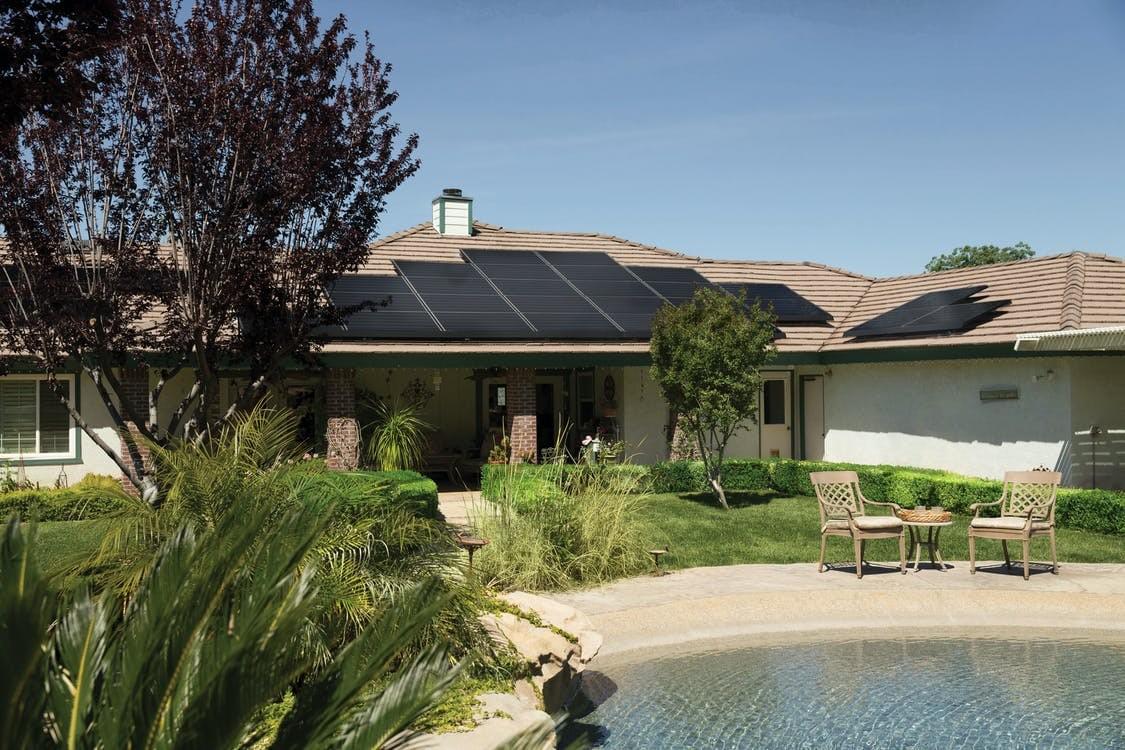Just five years ago, the average cost of installing a solar panel was between $3 and $4 per watt, according to America’s National Council for Solar Growth. Today that cost had dropped by 50% or more. As technology improves and prices come down, take-up is becoming more common, and more and more homeowners and businesses are understanding the benefit potential of cheap and green electricity through solar power generation.

Three trends dominate the price point for solar power to become the major source of electricity for homes and businesses:
Increasing efficiencies of solar panels
The move to large-scale manufacturing
Using new and cheaper raw materials
With today’s solar installations pushing efficiencies of 20%, a figure unthinkable just 30 years ago, and smart meters that allow surplus power from private installations to be sold back to the grid, the goal of powering our home or business for free with clean, renewable energy is becoming a reality sooner than we might think.
Add to this the carrot-and-stick incentives and duties being introduced by governments to both encourage the take-up of solar installation and reduce our reliance on fossil fuels to generate power. We can see how interest in solar power is only going to get stronger.
The big sticking point is: how long does it take to realise the benefits of the initial and expensive upfront installation cost? When will a solar project pay off its investment, and you start to enjoy totally free energy?
This is a tough one to answer, as there are so many variables to calculate, including the cost-per-kilowatt (kW) per hour from the local utility provider, your total energy consumption, the type and location of your solar panels, taxes, and incentives, and your local utility company’s approach to solar installations putting surplus power back into its grid.
In North America, where the domestic and small-scale solar installation is becoming well accepted, the rough and ready calculation assumes that the average home consumes an average of 1kW per hour at an average cost of $0.10 per hour, resulting in an average power bill of around $75 a month. Note that these are averages and costs vary wildly according to local energy use, utility charges, and incentives provided by local and national renewable energy programs.
The rough calculation says the US market installation is typically a 5kW-10kW rooftop solar array, it has an average lifetime of 25 years and, depending on the size of the installation, comes in at a total cost of between $12,500 (5kW) and $$25,000 (10kW) and gives a 100% return on investment over its life. The average payback period is about five years – sooner in places where electricity is expensive and heavily used (Hawaii, for example), and there is a lot of sunshine. This augers well for solar energy in the Caribbean.
Here in the Turks and Caicos Islands, for example, with a year-round average of six hours per day of brilliant sunshine, we are ideally placed to make the most of solar energy. Local utility Fortis TCI is committed to integrate at least 33% renewable energy by 2040, indicating that interest in solar energy is taking off locally.
New incentives from FortisTCI include a Utility Owned Renewable Energy (UORE) program that encourages local residents and businesses to lease their rooftop space for the generation of solar electricity. Fortis TCI installs, owns and maintains the system while the customer receives a credit on their monthly power bill for use of the space. Currently Fortis TCI is offering monthly credit to residential customers at a rate of $10 per kilowatt of installed capacity, plus an annual variable incentive based on system performance.
Residential customers can install up to 10kW, commercial businesses can install up to 60kW, while an industrial customer can install a system of up to 150kW output. All agreements are based on a 20-year transferable contract and the property owner can opt to purchase the system from FortisTCI for their own use.
This type of leasing, coupled with private grid-tied installations, means harnessing sunlight to make Caribbean renewable energy is becoming a more and more realistic proposition. And as utility companies introduce more solar power incentives and new technologies that reduce or eliminate the use of expensive and polluting non-renewable diesel fuel for electricity generation, the greater the chance for all customers to save money on power bills – quickly and easily – while helping in the fight against global warming.